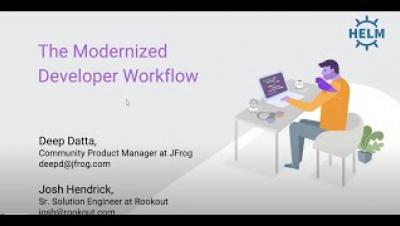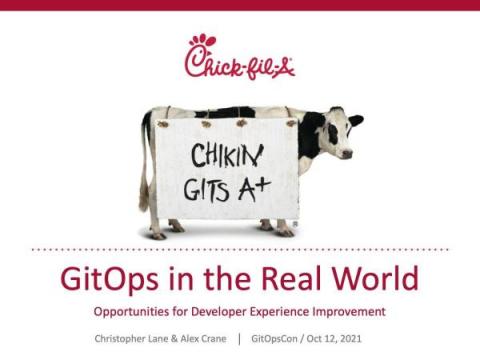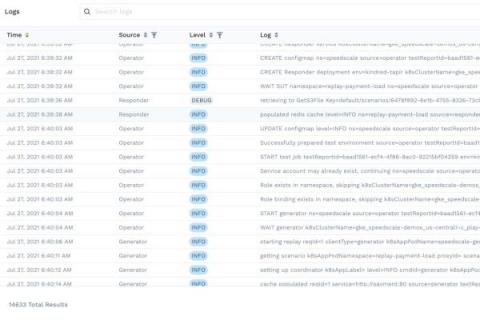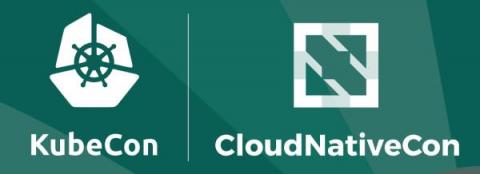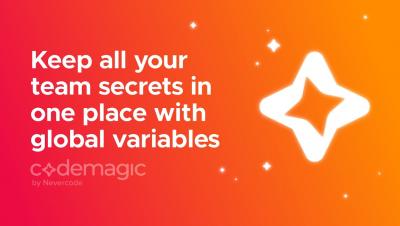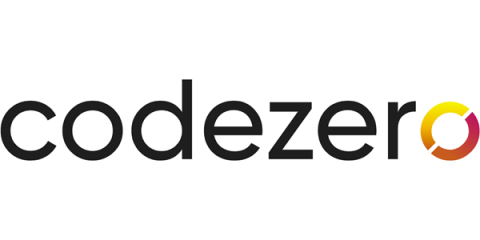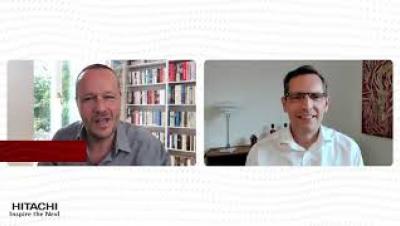Systems | Development | Analytics | API | Testing
DevOps
How to Deploy an API Gateway Within a CI/CD Pipeline
Continuous integration and continuous deployment—known colloquially as CI/CD—are essential strategies for building modern software applications. The goal of these processes is to foster a culture of continuous updates. CI is the process by which an external machine (not your local development environment) fetches your app and dependencies and then runs a test suite to ensure everything in your application builds and runs correctly.
Kubernetes GitOps at Scale from Chick-fil-A
Matt and I are out in Los Angeles this week for KubeCon 2021 this week. At the GitOpsCon event Tuesday we were excited to attend this Kubernetes session: GitOps in the Real World: Opportunities for Developer Experience Improvement
Application Logging in 2021
Have you ever written a Hello, World! application? In most of these tutorials the first step is to log words to the console. It's an easy way to understand what is going on with your application and readily available in every programming language. The console output is incredibly powerful, and it has become easier than ever to capture that output as logs. As your application grows and evolves you need to implement a structured application log approach.
Looking forward to KubeCon
KubeCon + CloudNativeCon North America is just around the corner. I’ve been looking forward to this event for a long time, especially since 2020 was virtual and it looks like there will be an in person option this year. This should be a great event and there are going to be a ton of awesome sessions. Last year was simply enormous with over 15K attendees who joined virtually.
Keep all your team secrets in one place with global variables
Codezero proud to be reviewed by Kubernetes guru Viktor Farcic
Deploying a Kong Gateway Data Plane With Pulumi
Infrastructure as code is a core component of all modern SRE team’s day-to-day work. There are plenty of options available, but the one that I’m most excited about is Pulumi. Instead of writing a domain-specific language (DSL) to configure your infrastructure, Pulumi lets you write the language you already know. For me, that’s Typescript, but if you prefer Go, Python or DotNet programming languages, that’s an option too.


